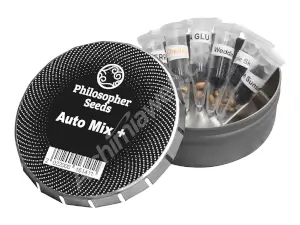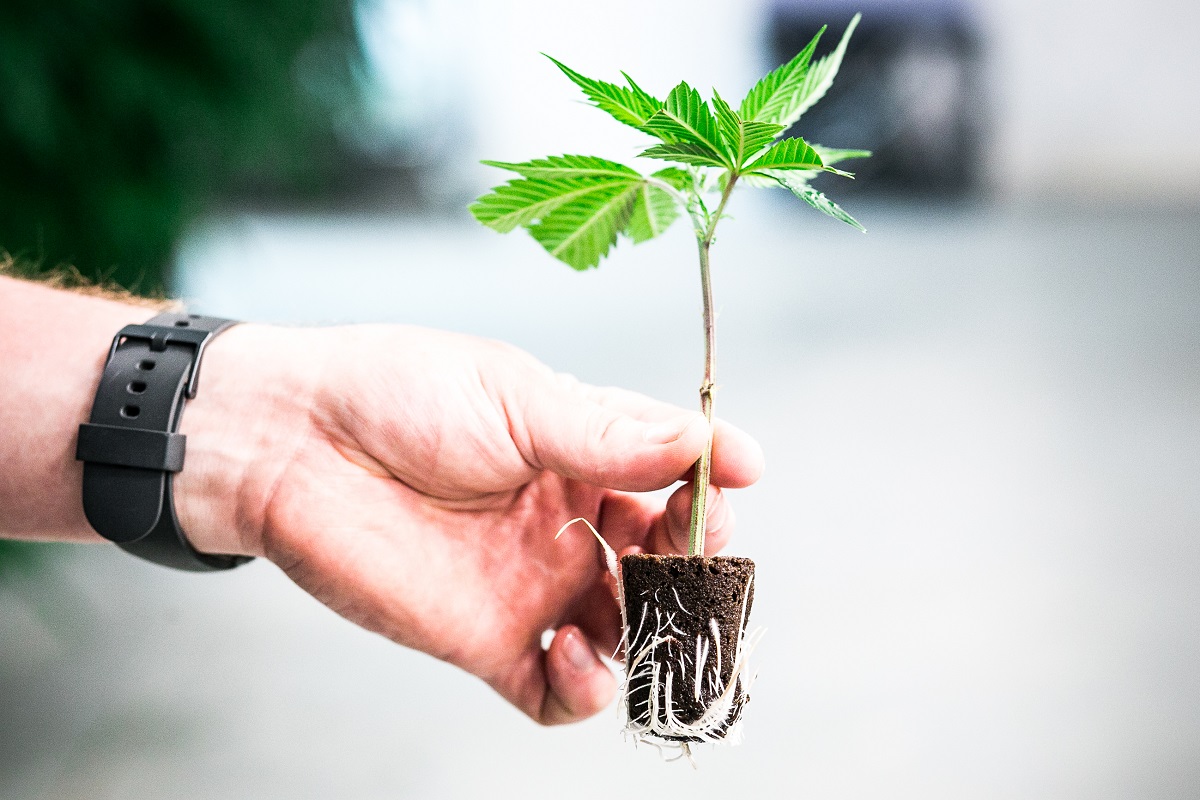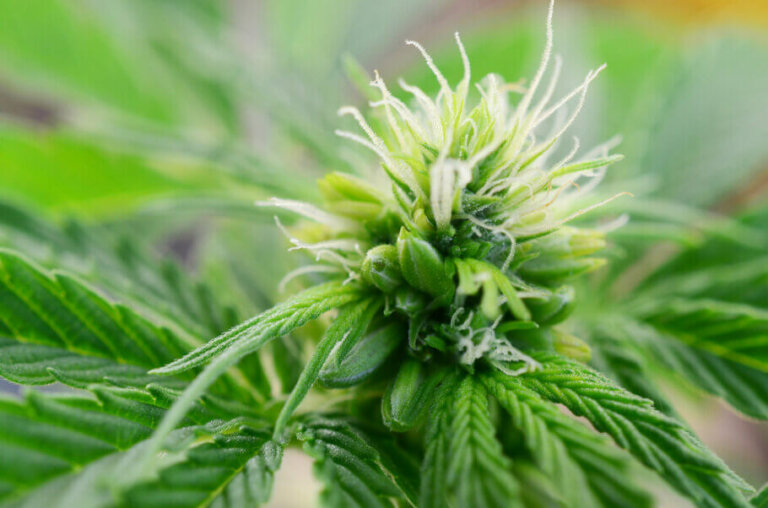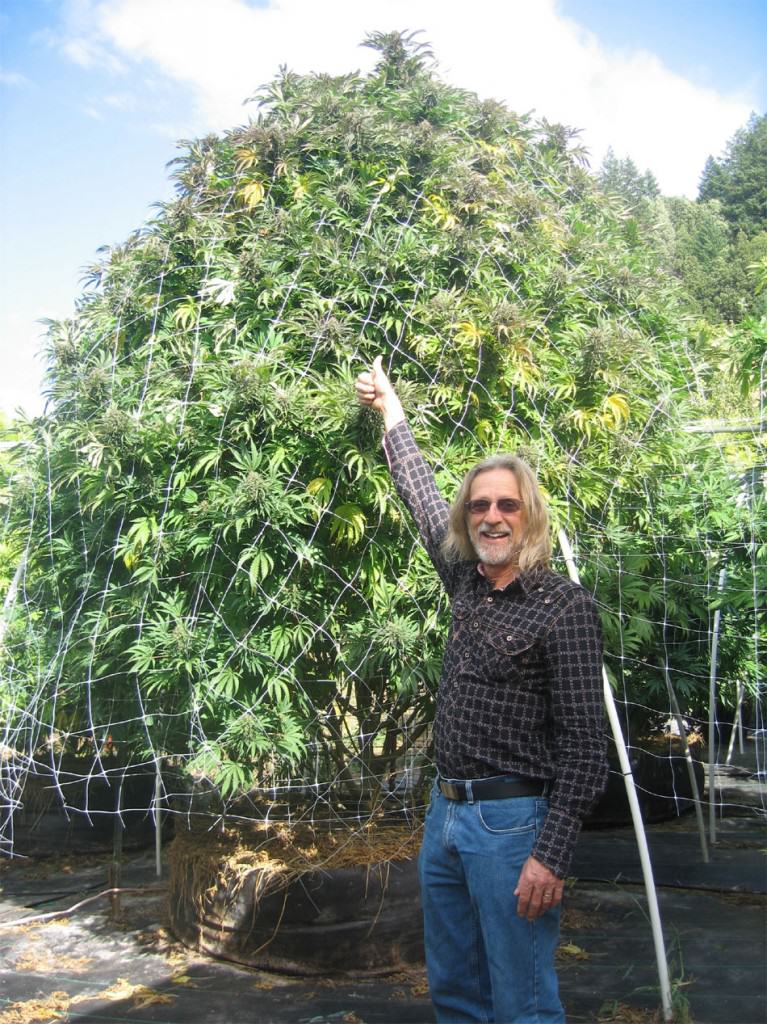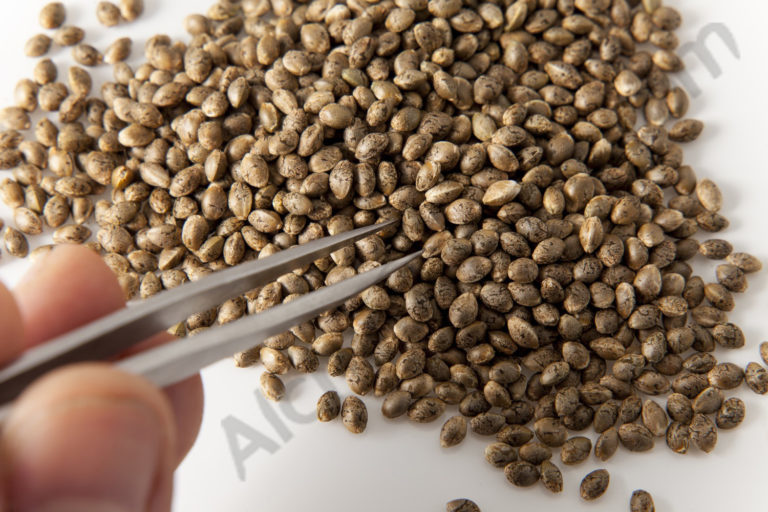How to distinguish marijuana males from females
List of contents
How to differentiate cannabis males and females
The marijuana plant (cannabis sativa sp.) is a dioecious or unisexual plant, meaning it produces male and female flowers on different plants. However, it can also produce plants that have both sexes in the same individual, plants that we call hermaphrodites or monoecious. As a general rule, plants that produce male flowers are called male plants, while those that produce female flowers are called female plants.
Male cannabis plants flower producing clusters of "bags", which hang downwards and end up opening and releasing pollen, which, transported through the wind, will pollinate the female plants and lead to the formation of seeds in them. For their part, female cannabis plants produce tear-shaped calyxes from which two small hairs emerge, usually white and called pistils, which are grouped together forming what we usually call buds. In today's article, we are going to teach you how to differentiate them correctly to avoid unpleasant surprises in your grow.
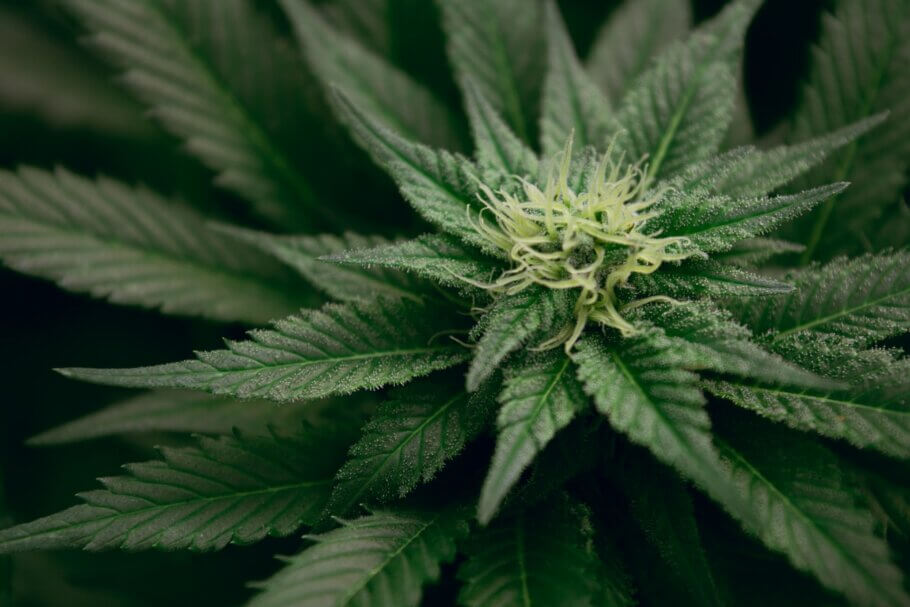
Male and female cannabis plants
With the emergence of feminized seeds on the market more than two decades ago, many growers were able to forget about having to identify and remove the males in their cannabis crops. Until then, all marijuana seeds were what we today call regular, that is, seeds from which both female and male plants could grow. However, in the vast majority of cases a grower does not need males at all, in fact, he wants them as far away from his crop as possible to prevent them from pollinating his females and filling his precious buds with seeds, something that no home grower wants. unless its intention is precisely that, to produce seeds.
For this reason, the males must be removed and eliminated as soon as they are identified, as it is the only way to ensure an authentic "sinsemilla" harvest, in other words, buds that are 100% free of seeds inside and that offer their full potential with regard to cannabinoids and terpenes. To do this, we must pay special attention as soon as we see the first signs of flowering in the plants, or when switching the photoperiod to flowering in the case of indoor cultivation. Let's see in detail when and how to identify males.
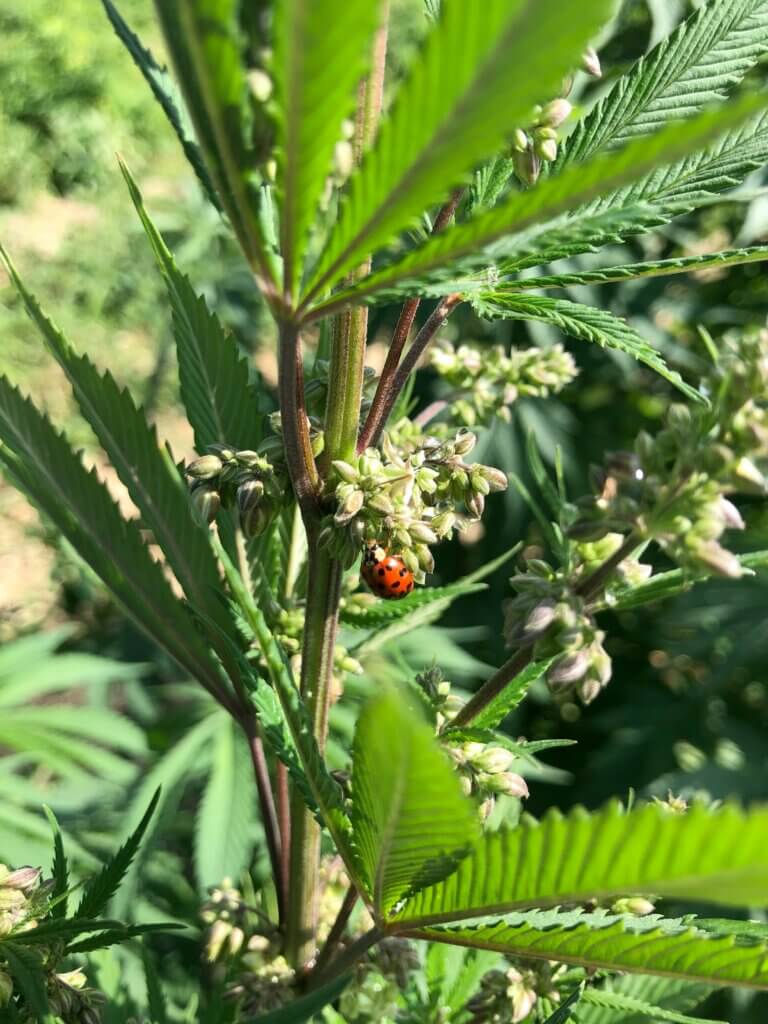
When can cannabis males be differentiated from females?
Early detection of cannabis sex
Generally, the cannabis plant begins to flower when the night photoperiod is prolonged (the nights become long), which acts as a signal to enter flowering and clearly and definitively show its sex. In reality, plants reach their state of sexual maturity between six and eight weeks after seed germination, without the need for any change in the photoperiod. It is precisely this fact that can help us know the sex of our plants without having to resort to cuttings or making photoperiod changes that could stress our young seedlings.
As we have mentioned before, when two months have passed since germination (or what is the same, when they reach the fifth or sixth stage of leaves) the plants reach the state of "sexually mature", which means that they have surely already shown their sex and, except in some cases of stress-induced posterior hermaphroditism, this will be the sex they will maintain throughout their life. It is precisely at this moment that you can identify the sex of your plants. As you will see, this is a technique that is perfected the more you use it and can lead you to be able to diagnose the sex of your marijuana plants from a very early stage.
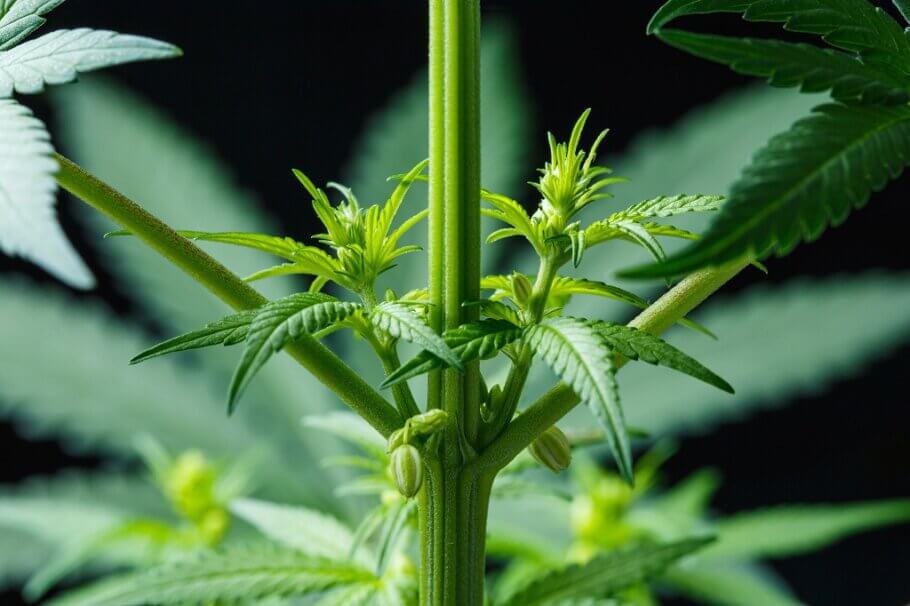
Detection of the sex of flowering cannabis
However, it may be the case that you cannot distinguish the sex of your plants until the flowering period has begun, at which time you cannot be careless and you will have to study the plants daily to identify their sex as soon as possible. Normally, at the beginning of flowering, one of the first signs that the plant has detected longer night periods is the loss of symmetry in its nodes, which stop growing in front of each other and begin to grow alternately; The plant prepares its structure to form the long tails of buds that we like so much.
Probably, the second flowering symptom is the appearance of the first preflowers, which can be found where the buds arise from the main stem. This is the moment when you cannot fail and must identify and eliminate males without errors. As with the previous technique, the trained eye will be able to identify the sex of a plant much sooner than the novice, although you should not worry; There is plenty of time between the moment of identifying the males and the moment in which they will pollinate your plants to safely remove them.
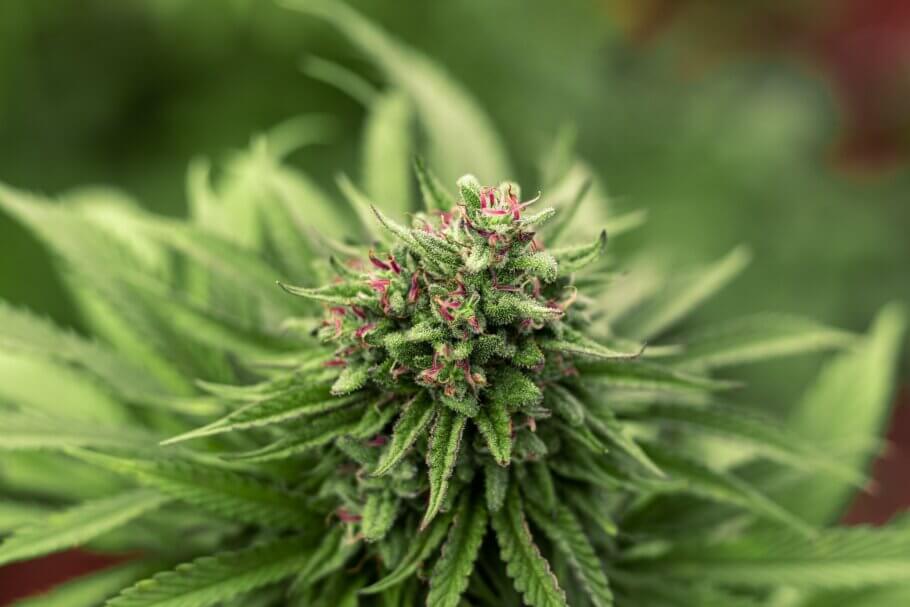
It is interesting to study the entire plant, not just the top, as well as do a second - even a third - "comb" in search of males every 2-3 days during the first 2-3 weeks of flowering. This will avoid surprises and will also allow you to identify possible hermaphrodite specimens, the most difficult to detect since they may only produce a few male flowers on one of their branches.
Sexing marijuana from cuttings
In outdoor crops, especially those where it is planned to use a small number of large plants, sexing the plants early can be a great advantage in terms of saving space and resources. A very good option, and totally viable due to the long growth period that cannabis enjoys when it is germinated in spring, is to take a cutting from each of your plants (you can take two or three to be sure), root them in a grow tent and leave them with a photoperiod of 12 hours of light and 12 hours of darkness as soon as they have rooted, which will cause them to start flowering and reveal their sex, which, of course, will be the same as that of the original mother plant that we have in the outside yard.
Growing cannabis cuttings
Cannabis is an excellent plant for asexual reproduction. It roots very easily and is an ideal plant species to perform propagation by cuttings. We only need a small greenhouse, scissors, rooting hormones, a small amount of substrate and fluorescent lights. Of course, we also need a quality motherplant to take the cuttings from. Let's see which is the process and the needed temperature and humidity levels to successfully root our marijuana cuttings in 10 easy steps.
Imagine that you have planted your seeds at the beginning of March. You can take and root clones at the beginning of April, put them to flower indoors (or outdoors with light deprivation) and know the sex of all your outdoor plants before May begins. Great, don't you think?
What we do not recommend in any way is to put the mother plants for a few weeks at 12 hours of light/12 hours of darkness and then move them back to 18 hours of light/and 6 hours of darkness, or what is the same, forcing their flowering to force revegetation once you know the sex. This will cause very important hormonal changes inside the plant and is an easy way to induce stress in your plants, which can lead to the possible appearance of hermaphrodite individuals.

That's it for our article on how to identify male and female cannabis plants. We hope that from now on it will be much easier for you to be able to distinguish the sex of your plants, which will avoid problems and disappointments in the future. As always, do not hesitate to leave us your comments, tricks, and questions, we will be happy to answer them.
Happy harvest!

































